Ingrid Bergman for this spot?
14 years ago
Featured Answer
Sort by:Oldest
Comments (17)
- 14 years agolast modified: 9 years ago
Related Discussions
Black dry spots on 'Ingrid Bergman' first 3 petals
Comments (1)I'd guess is anthracnose--we get in cold wet weather in the Spring even though we spray for black spot. Here is a link that might be useful: page on anthracnose...See MoreIngrid Bergman, Veterans Honor or Chrysler Imperial
Comments (11)I have all 3, but of course note I'm in 9b. Chrysler Imperial - has to-die for fragrance. But, of the 3, blows the fastest. Each bloom lasts on the bush only a few days. To me, it's a rose to have for fragrance alone, but in trying to compare to Ingrid or VH as far as longevity or form - no where close. Ingrid Bergman - no fragrance for me. Blooms last longer than any rose I have - they'll last weeks on the bush. From a general bush look, I think it's my favorite of over 100 roses. The foliage is super healthy and dark green. Blooms are HUGE, and don't lose color, or fry in the heat. Color is slightly darker/deeper than VH Veterans Honor - also no fragrance for me. Blooms are the "most perfect" of the three in terms of form. Blood Red, do last a long time on the bush. Bush has more of the - blooms on the top of bush rather than throughout look. Bush is not as healthy for me as Ingrid, but it's still darned healthy. Size of bushes is all pretty similar - about 4' high. Both Ingrid and VH are wider than CI. I wouldn't be without any of the three. Each is phenomenal in its own right....See Moreingrid bergman is huge
Comments (2)Ingrid Berman is lovely; I only have room for 14 bushes in my little garden, and I chose her. Her exhibition style blooms graced my table. I loved European too, but for different reasons. I would almost call it a shrub rose, but in my zone 9, it was the first to bloom, signaling the start for all the others. I joked I pruned it with an axe, or it would have "assimilated" the bed it shared. Beth...See MoreSmith's Parish, Scentimental, Livin' Easy, Ingrid Bergman
Comments (5)Thanks. :0) My Scentimental is really happy in afternoon shade. No BS and full of normal blooms. My Smith's Parish is a young'un. I got it from Ashdown's potless sale. It has snuck two blooms by me. I was planning on pinching it. I really love the sneaky little thing. All my neon oranges are doing just fine in the heat. The only plants suffering are Tahitian Sunset and About Face. They're putting out small blooms. I got my Ingrid Bergman from Ashdown West. She arrived in a perky state and is going gangbusters. Full sun. Now, if I could just convince that hawk to eat whatever is eating my roses... :0D...See More- 14 years agolast modified: 9 years ago
- 14 years agolast modified: 9 years ago
- 14 years agolast modified: 9 years ago
- 14 years agolast modified: 9 years ago
- 14 years agolast modified: 9 years ago
- 14 years agolast modified: 9 years ago
- 14 years agolast modified: 9 years ago
- 14 years agolast modified: 9 years ago
- 14 years agolast modified: 9 years ago
- 14 years agolast modified: 9 years ago
- 14 years agolast modified: 9 years ago
- 14 years agolast modified: 9 years ago
- 14 years agolast modified: 9 years ago
- 14 years agolast modified: 9 years ago
- 14 years agolast modified: 9 years ago
Related Stories
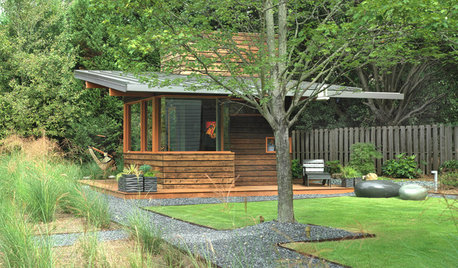
OUTBUILDINGSRoom of the Day: A Backyard Studio for Repose and Reflection
See an Atlanta man cave that’s more Bauhaus than Bedrock — and offers outdoor spots for relaxing, rain or shine
Full Story
HOUZZ TOURSMy Houzz: Living a Simpler Life in Ohio
After their children leave for college, homeowners update their lakeshore home to make it better fit their new lifestyle
Full Story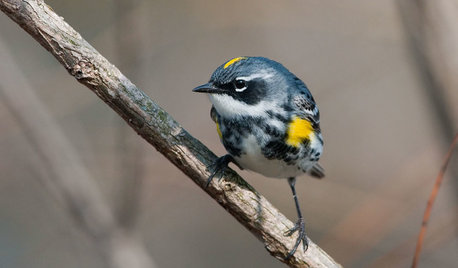
GARDENING GUIDESBackyard Birds: The Wonder of Warblers
These small, dynamic birds call North America home, with the yellow-rumped warbler flocking to every U.S. state
Full Story
HOMES AROUND THE WORLDMy Houzz: At Home With Nature Up in the Trees
This homeowner’s creative bungalow on the Australian coast has a bohemian air and a star-studded history
Full Story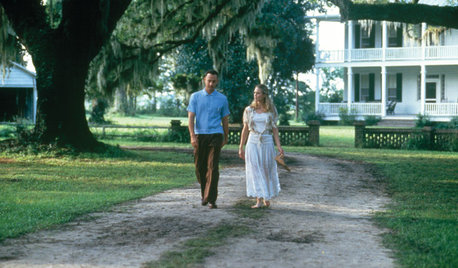
The Unofficial Houzz Academy Awards for Movie Homes
Grab a front-row seat as we hand out honors to superb homes featured in 10 flicks. The envelope, please ...
Full Story
KITCHEN DESIGNKitchen Counters: Durable, Easy-Clean Soapstone
Give bacteria the boot and say sayonara to stains with this long-lasting material that's a great choice for kitchen and bath countertops
Full Story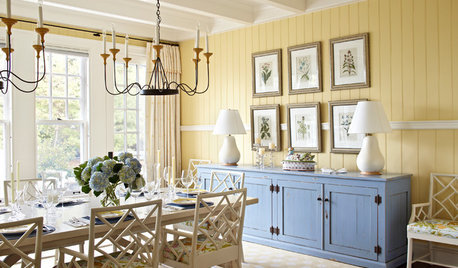
COLORHow to Pick the Perfect Accent Color
Not sure what colors go together in a room? Here are suggested combinations for different moods and effects
Full Story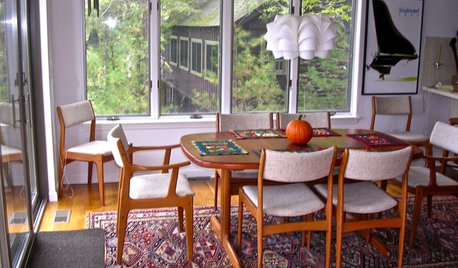
MODERN STYLEHow to Get That Modern Scandinavian Look
It's not all stark design and clean lines. Scandinavian decorating is surprisingly warm and ventures well beyond white
Full Story
GREAT HOME PROJECTSHow to Switch to a Tankless Water Heater
New project for a new year: Swap your conventional heater for an energy-saving model — and don’t be fooled by misinformation
Full Story
HOMES AROUND THE WORLDHousehold Habits and Customs to Borrow From Other Countries
Discover why salt may be the perfect house-warming gift, how to clean rugs in snow and why you should invest in a pair of ‘toilet slippers’
Full Story



kathy9norcal